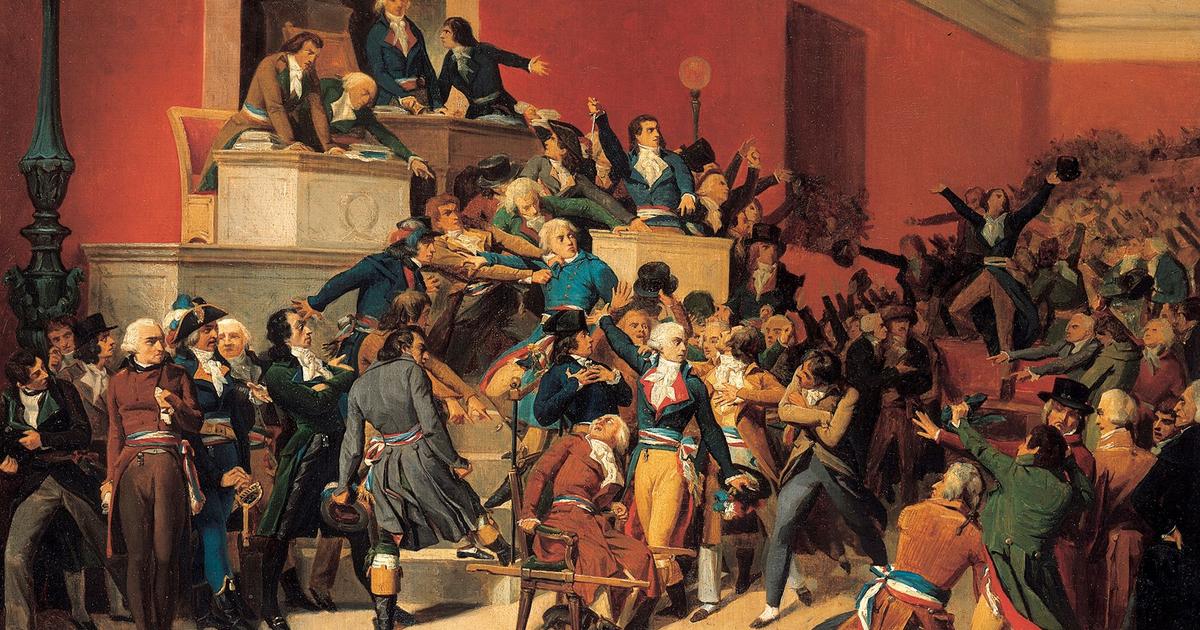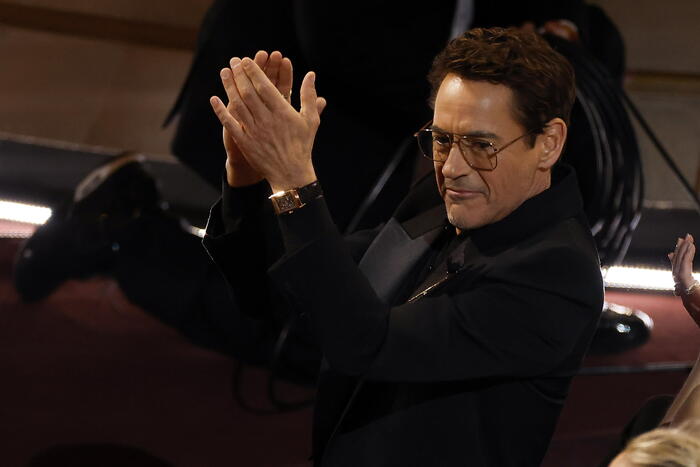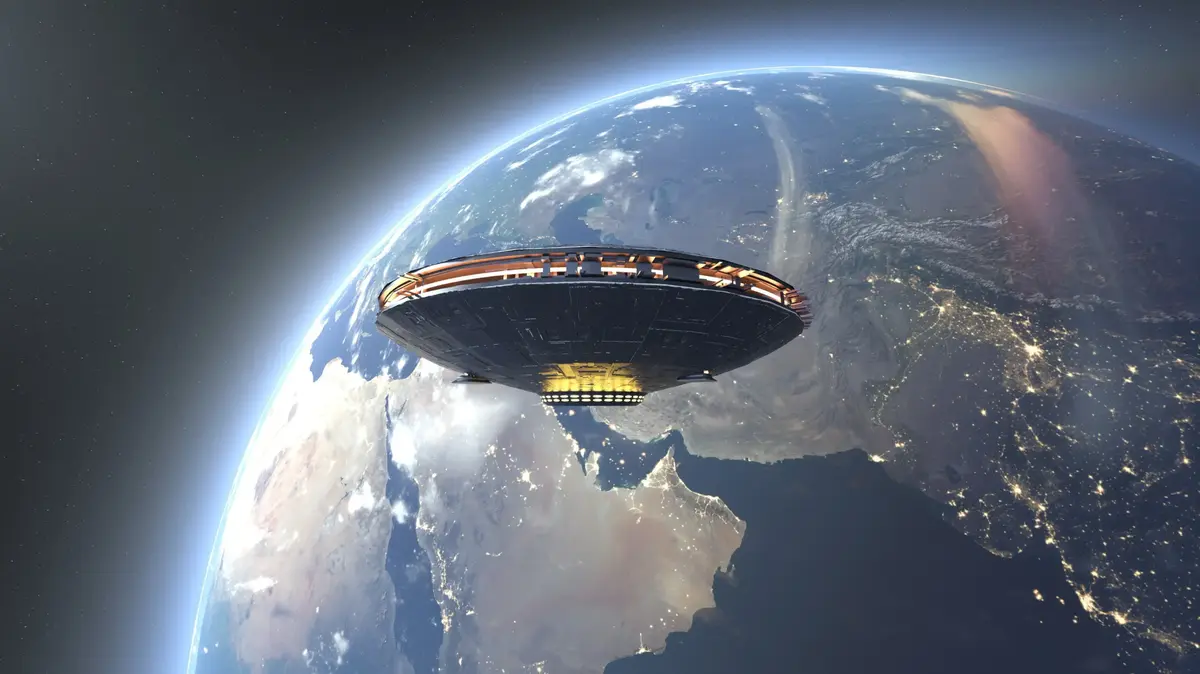The use of a spy balloon such as the Chinese aircraft observed in the American sky is not new.
High-altitude intercontinental balloons were already used by the Japanese in 1944, but we have to go back even further, in 1794, to find the first military use of the aerostat for intelligence purposes.
Back in pictures on the first hours of the observation balloon.
In 1794, the decisive balloon in the Battle of Fleurus
The balloon L'Entreprenant allows the victory of the French at the Battle of Fleurus on June 26, 1794. Derek Bayes / Bridgeman Images
Eleven years after the first flight of a hot air balloon by the Montgolfier brothers, a military company of balloonists was created in April 1794 in Meudon by decision of the Republican Convention.
It is placed under the direction of the chemist and balloonist Jean-Marie Joseph Coutelle.
Two months later, during the battle of Fleurus near Charleroi, the information gleaned from the captive balloon
L'Entreprenant
enabled the French troops to win victory over the Austrians.
Subsequently, balloons were used extensively by the Unionist army from 1861 during the Civil War, in captive observation flight connected to the ground by a telegraph cable or in free reconnaissance flight.
During the siege of Paris in 1870, Nadar's aerostat
Nadar's Neptune balloon on Place Saint-Pierre in Montmartre was first a mounted observation balloon before being used to transport mail.
Julien Levy Collection, Gift of Jean Levy and the Estate of Julien Levy / Bridgeman Images
As the French capital risks being surrounded by Prussian troops, the Neptune gas balloon of the Compagnie des aerostiers militaire founded by the photographer Nadar rises into the sky from Place Saint-Pierre in Montmartre on September 13, 1870. While the initial idea was to observe the positions of the Prussian troops, Nadar's aircraft were later exploited during the siege for other purposes.
Free balloons, they transport the mail beyond the enemy lines and, during a famous flight on October 7, allow Léon Gambetta himself to reach Tours to organize the resistance there.
The sausage balloon of the First World War
It was during the Great War that the observation balloon was most widely deployed.
The Germans developed new oblong balloon technology, more prosaically christened "sausages" by soldiers.
The Drachen are copied in France in the workshops of Chalais-Meudon.
The engineer and polytechnician Albert Caquot improves them by giving them rigid lobes giving them even greater stability in the wind.
An observer in a Caquot balloon in 1917. Tallandier / Bridgeman Images
These captive balloons are connected to the ground by communication cables.
Observers on board a small nacelle must withstand long hours of cold and bad weather.
Caquots were then used by the British Navy to spot submarines.
They are at the end of the war declined in barrage balloons to counter the German bombers and widely used for this purpose during the Second World War.
Connected to the ground by steel cables, they prevent grazing theft.
With the help of technology, several spy balloon programs were then developed during the Cold War with varying degrees of success.
A barrage balloon over London in 1940. SZ Photo / Scherl / Bridgeman Images









